Currency Ruble | Founded 6 April 1920 Date dissolved November 15, 1922 | |
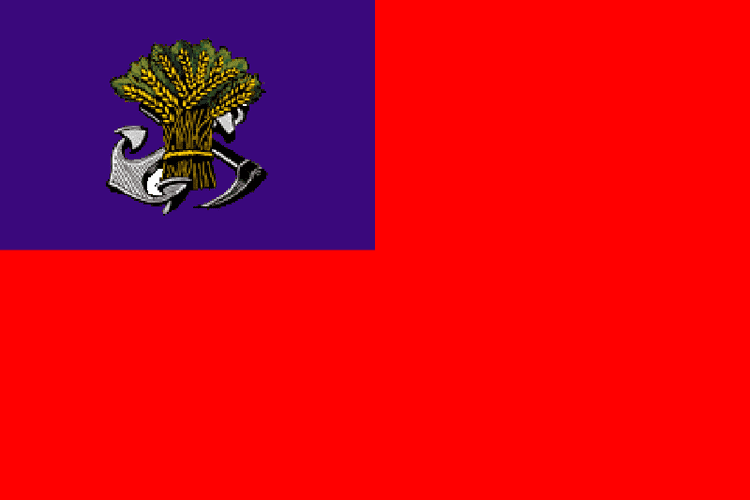 | ||
Government Puppet state, Parliamentary republic, Republic | ||
The Far Eastern Republic (Russian: Дальневосто́чная Респу́блика, ДВР, Dalnevostochnaya Respublika, DVR; [dəlʲnʲɪvɐˈstotɕnəjə rʲɪsˈpublʲɪkə]), sometimes called the Chita Republic, was a nominally independent state that existed from April 1920 to November 1922 in the easternmost part of the Russian Far East. Although nominally independent, it was largely controlled by the Russian Soviet Federative Socialist Republic (RSFSR) and its main purpose was to be a buffer state between the RSFSR and the territories occupied by Japan during the Russian Civil War. Its first president was Alexander Krasnoshchyokov.
Contents
- Establishment
- The 1921 coup
- Chairmen of the Government heads of state
- Chairmen of the Council of Ministers Prime Ministers
- References
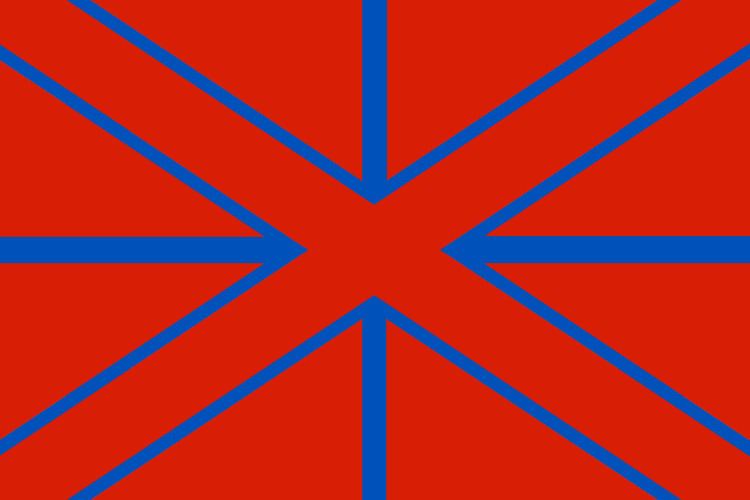
The Far Eastern Republic occupied the territory of modern Zabaykalsky Krai, Amur Oblast, Jewish Autonomous Oblast, Khabarovsk Krai, and Primorsky Krai of Russia (the former Transbaikal and Amur oblasts and Primorsky krai). Its capital was established at Verkhneudinsk (now Ulan-Ude), but in October 1920 it was moved to Chita.
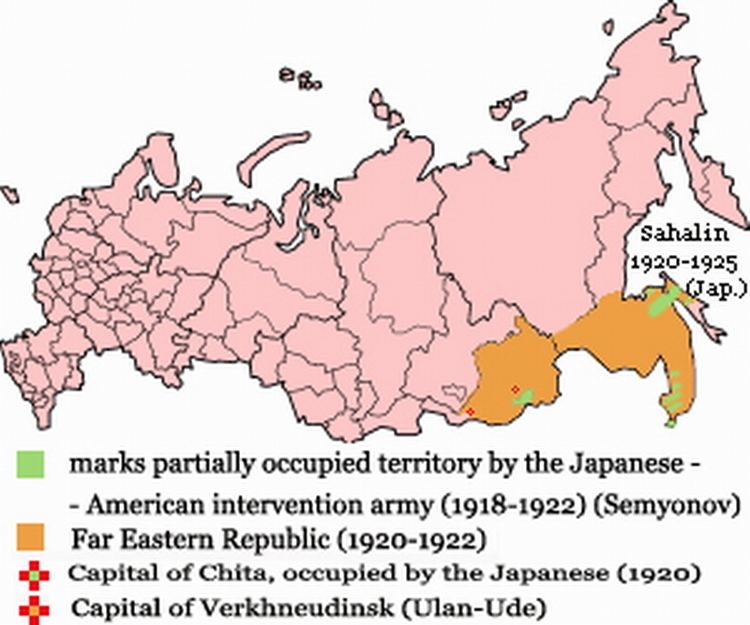
After the fall of Vladivostok on 25 October 1922, the civil war was declared over. Three weeks later, on 15 November 1922, the Far Eastern Republic was merged with the RSFSR.
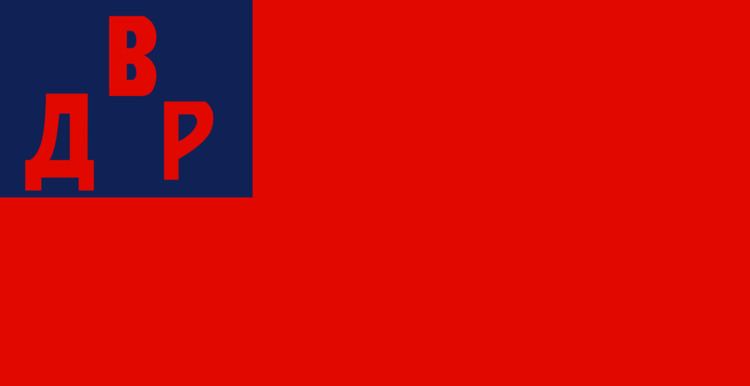
Establishment
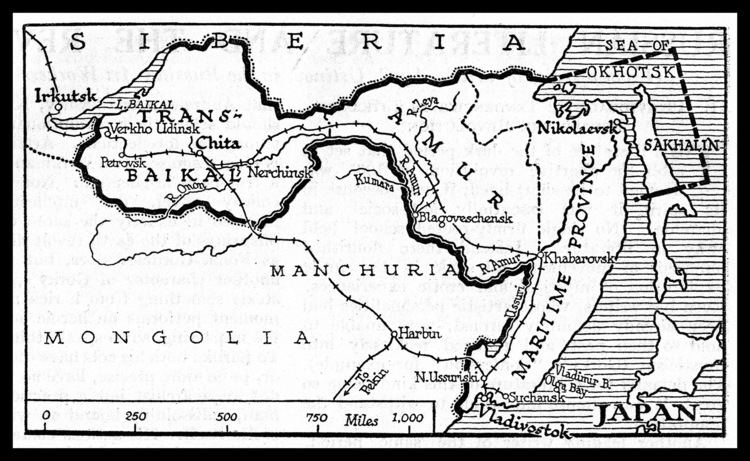
The Far Eastern Republic was established in the aftermath of the Russian Civil War. During the Civil War local authorities generally controlled the towns and cities of the Russian Far East, cooperating to a greater or lesser extent with the White Siberian government of Alexander Kolchak and with the succeeding invading forces of the Japanese Army. When the Japanese evacuated the Trans-Baikal and Amur oblasts in the spring of 1920, a political vacuum resulted.
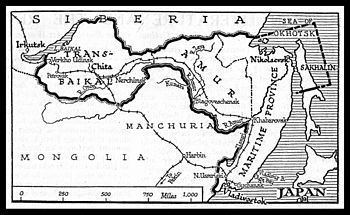
A new central authority was established at Chita to govern the Far Eastern Republic remaining in the Japanese wake. The Far Eastern Republic was established comprising only the area around Verkhne-Udinsk, but during the summer of 1920, the Soviet government of the Amur territory agreed to join.
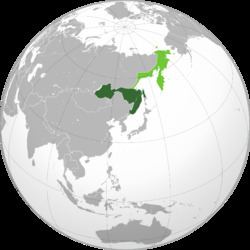
The Far Eastern Republic was formed two months after Kolchak's death with the tacit support of the government of Soviet Russia, which saw it as a temporary buffer state between the RSFSR and the territories occupied by Japan. Many members of the Russian Communist Party had disagreed with the decision to allow a new government in the region, believing that their approximately 4,000 members were capable of seizing power in their own right. However, Vladimir Lenin and other party leaders in Moscow felt that the approximately 70,000 Japanese and 12,000 American troops might regard such an action as a provocation, which might spur a further attack that the Soviet Republic could ill afford.
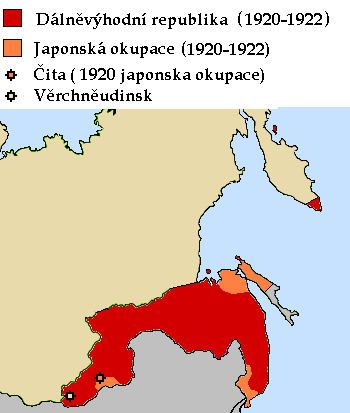
On 1 April 1920, American forces headed by General William S. Graves departed Siberia, leaving the Japanese the sole occupying power in the region with whom the Bolsheviks were forced to deal. This detail did not change the basic equation for the Bolshevik government in Moscow, however, which continued to see the establishment of a Far Eastern Republic as a sort of Treaty of Brest-Litovsk in the east, providing the regime with a necessary breathing space that would allow it to recover economically and militarily.
On 6 April 1920, a hastily convened Constituent Assembly gathered at Verkhneudinsk and proclaimed the establishment of the Far Eastern Republic. Promises were made that the republic's new constitution would guarantee free elections under the principles of universal, direct, and equal suffrage and that foreign investment in the country would be encouraged.
The Far Eastern Republic, controlled by moderate socialists, was only grudgingly recognized by the various cities of the region towards the end of 1920. Violence, atrocities, and reprisals continued to erupt periodically for the next 18 months.
Japan agreed to recognize the new buffer state in a truce with the Red Army signed 15 July 1920, effectively abandoning Ataman Grigory Semenov and his Russia Eastern Outskirts. By October Semenov had been expelled from his base of operations in Chita. With Semenov out of the picture, the capital of the Far Eastern Republic moved to that city.
On 11 November 1920 a provisional national assembly for the Far East met in Vladivostok. The gathering recognized the government at Chita and set 9 January 1921 as the date for new elections for the Constituent Assembly of the Far Eastern Republic. A new constitution closely resembling the United States Constitution was written and approved on 27 April 1921.
The 1921 coup
However, right-wing forces rejected the idea of a fledgling democratic republic. On 26 May 1921 a White coup took place in Vladivostok, backed by Japanese occupying forces. A cordon sanitaire of Japanese troops protected the insurgents, who sought to establish a new régime known as the Provisional Government of the Priamur. Shortly after the coup, Ataman Semenov arrived in Vladivostok and attempted to proclaim himself commander-in-chief—an effort which failed when his Japanese benefactors forsook him.
The new Provisional Government of Priamur attempted—with little success—to rally the various anti-Bolshevik forces to its banner. Its leaders, two Vladivostok businessmen, the brothers S.D. and N.D. Merkulov, found themselves left isolated when the Japanese Army announced on 24 June 1922 that it would remove all of its troops from Siberia by the end of October. A July Zemsky sobor deposed the Merkulov brothers and named a former officer of the Czech Legion, M.K. Dieterichs, as military dictator.
With the Japanese exiting the country throughout the summer of 1922, panic swept through the White Russian community. As the Red Army, thinly disguised as the army of the Far Eastern Republic, approached, thousands of Russians fled abroad to escape the new régime. The army of the Far Eastern Republic retook Vladivostok on 25 October 1922, effectively bringing the Russian Civil War to a close.
With the Civil War finally over, Soviet Russia absorbed the Far Eastern Republic on 15 November 1922. The government of the Far Eastern Republic dissolved itself and transferred all its authority and territory to the Bolshevik government in Moscow.
Japan retained the northern half of Sakhalin Island until 1925, ostensibly as compensation for the massacre of about 700 civilians and soldiers at the Japanese garrison at Nikolaevsk-na-Amure in January 1920. This "compensatory" motive for holding the territory was belied by the fact that Japanese retaliation for the actions of the Russian partisans had taken between two and three times as many Russian lives.
